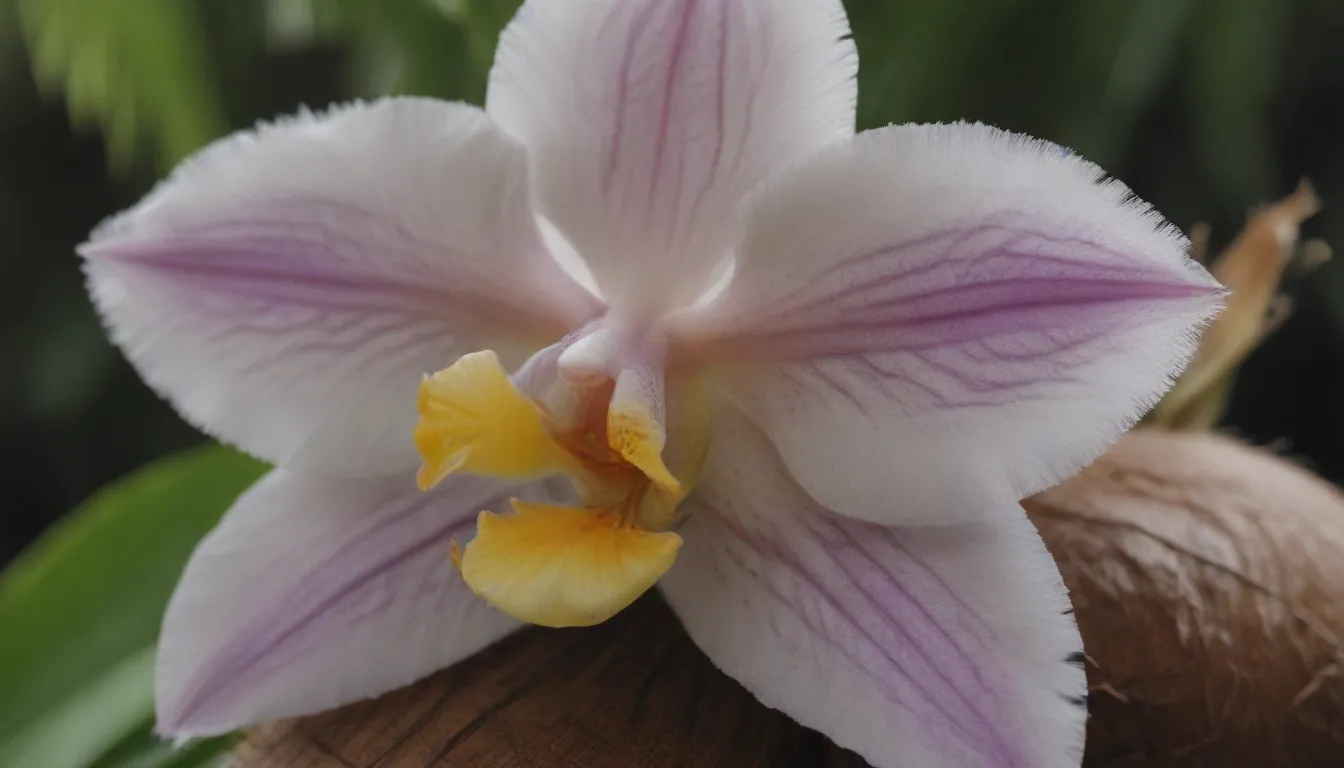Everything You Need to Know About Growing and Caring for the Sweet-Smelling Coconut Orchid

If you’re an orchid lover, the coconut orchid (Maxillaria tenuifolia) is a must-have for your collection. This medium-sized orchid is known for its striking deep red, yellow, and spotted blooms that give off a delightful coconut scent. Not only is it visually appealing, but its unique grassy foliage also adds to its charm, making it a great houseplant even when it’s not in bloom (typically in March to April).
Originally from the tropical rainforests of Central and South America, the coconut orchid is a versatile plant suitable for both experienced growers and beginners due to its ability to adapt to various growing conditions. Let’s dive into everything you need to know to keep this beautiful epiphytic plant thriving indoors.
Coconut Orchid Care Tips
Here are the essential care requirements for growing coconut orchids indoors:
Light
- Provide ample light to encourage robust growth and abundant blooms.
- While it thrives in dappled sunlight outdoors, it can tolerate some direct sun indoors.
- Opt for a spot that receives bright, indirect light with occasional periods of direct sunlight for optimal results.
- Remember, insufficient light can lead to leggy foliage and potential lack of blooming.
Soil
- Like most orchids, the coconut orchid is epiphytic and does best in soilless potting media.
- It thrives in a variety of potting mediums such as orchid bark mixes, fir bark, coco coir, gravel, and sphagnum moss.
- Consider mounting the orchid if you have experience in that area.
- Ensure the potting medium dries completely between waterings to prevent overwatering.
Water
- The orchid’s pseudo-bulbs store water, enabling it to withstand dry conditions.
- Allow the potting medium to dry out completely before watering thoroughly with rainwater or distilled water.
- Avoid overwatering to prevent root rot.
- Watering frequency may vary based on environmental factors such as humidity levels.
Temperature and Humidity
- The coconut orchid thrives in warm temperatures and high humidity levels.
- Maintain humidity between 70% to 80% using methods like an indoor greenhouse or a houseplant humidifier.
- Adjust temperatures seasonally for optimal growth and blooming.
- Colder temperatures in winter help initiate blooming in spring.
Fertilizer
- Fertilize your coconut orchid from early spring to late fall using a balanced orchid fertilizer diluted to half strength.
- Cease fertilization during winter months.
- Regular fertilization is crucial for blooming.
Propagating and Repotting the Coconut Orchid
Propagation
- The orchid can be propagated by division, best done with mature plants containing multiple rhizomes.
- Divide the root ball during repotting in spring or summer after the blooming period.
Repotting
- Refresh the potting medium and provide more space for growth by repotting every few years.
- If roots are outgrowing the current container, it’s time to repot.
- Spring, post-blooming period, is ideal for repotting.
- Repotting ensures the orchid’s health and vigor.
Dealing with Common Pests and Issues
Common Pests
- While coconut orchids are generally pest-resistant, watch out for mealybugs, scale, spider mites, and aphids.
- Isolate and treat infested plants promptly with insecticides or neem oil.
Troubleshooting Problems
- Leggy Foliage: Lack of light may cause spindly growth. Move the orchid to a brighter location for compact new growth.
- No Blooms: Insufficient light or nutrients can hinder blooming. Ensure proper light exposure and regular fertilization.
Tips for Blooming Success
- Provide ample bright, indirect light for healthy blooms.
- Fertilize regularly during the active growth period.
- Consider using a grow light for additional light exposure.
Fun Facts About Fragrant Orchids
- Fragrant orchids like the coconut orchid are highly sought after for their pleasing scents.
- Other fragrant orchids include Brassavola nodosa, species in the Cattleya, Rhynchostylis, and Zygopetalum genera.
- Optimal conditions such as warm temperatures and high humidity enhance orchid fragrance.
Wrap-Up
In conclusion, the coconut orchid is a delightful addition to any orchid enthusiast’s collection. With proper care and attention to its specific requirements, you can enjoy stunning blooms and the sweet aroma of coconuts in your indoor space. Remember to tailor your care routine to meet the orchid’s needs throughout the year, ensuring its health and vitality for years to come. Happy orchid growing!





